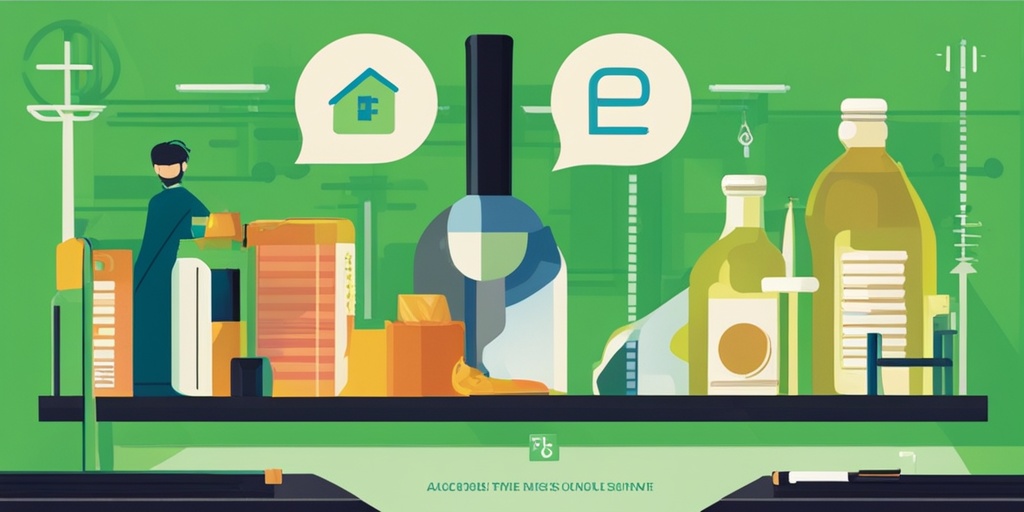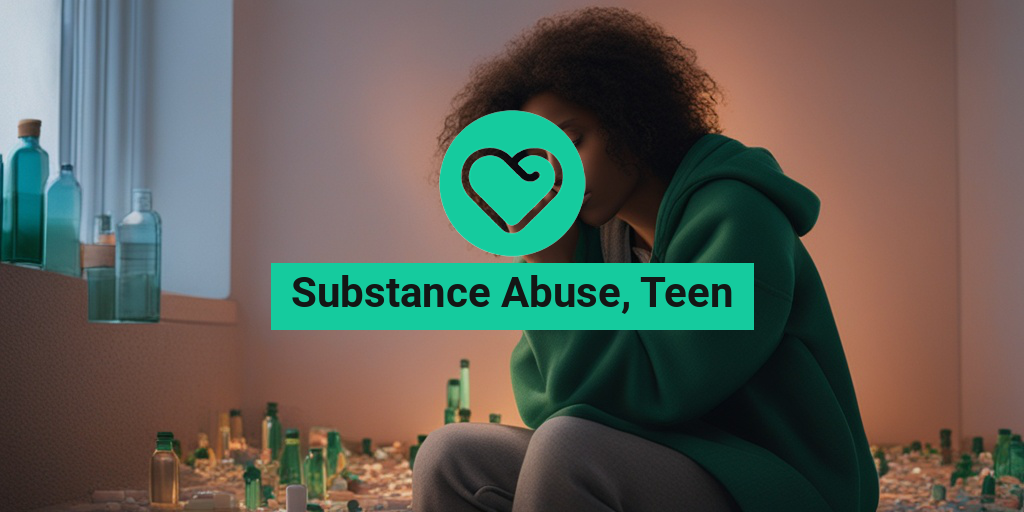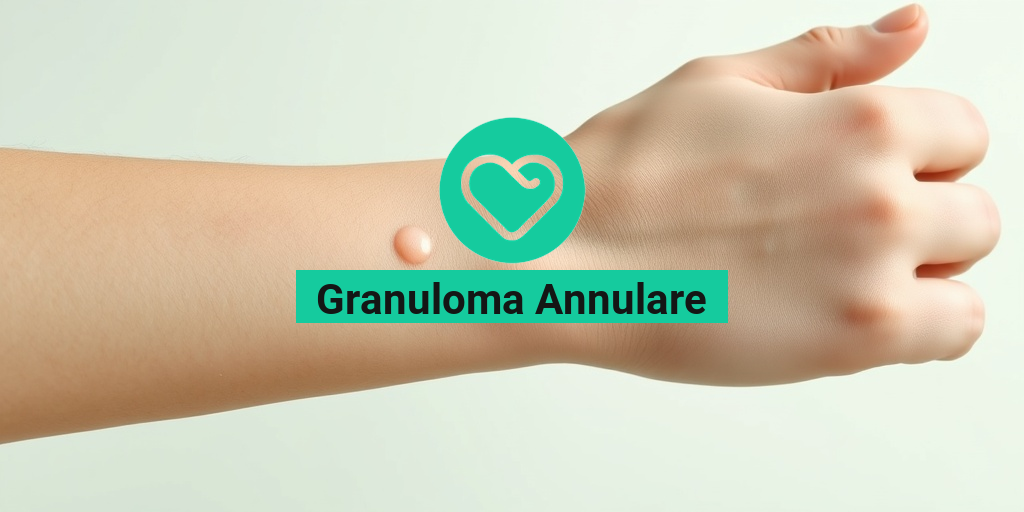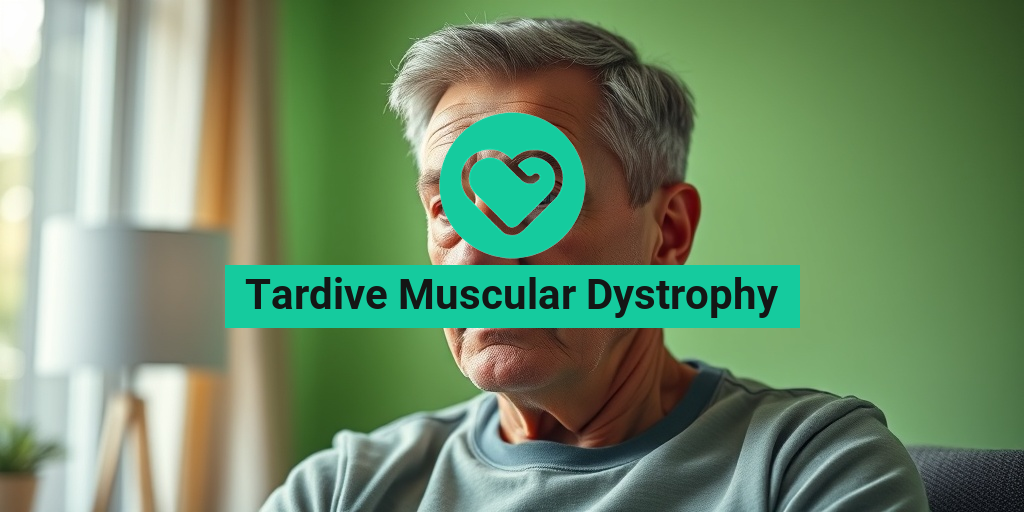“`html
What Is Substance Abuse?
Substance abuse refers to the harmful or hazardous use of psychoactive substances, including alcohol and illicit drugs. It is characterized by a compulsive pattern of consumption that leads to significant impairment or distress. For teens, this can manifest in various ways, including experimentation with drugs, binge drinking, or using substances to cope with emotional or social challenges.
Understanding the Impact of Substance Abuse
Substance abuse can have devastating effects on a teenager’s physical and mental health, as well as their social and academic life. Some of the common consequences include:
- Physical Health Issues: Long-term substance abuse can lead to serious health problems, including liver disease, respiratory issues, and cardiovascular problems.
- Mental Health Disorders: Teens who abuse substances are at a higher risk of developing mental health issues such as depression, anxiety, and even psychosis.
- Academic Challenges: Substance abuse often leads to decreased academic performance, increased absenteeism, and a higher likelihood of dropping out of school.
- Social Isolation: Teens may find themselves alienated from friends and family, leading to feelings of loneliness and despair.
Why Do Teens Abuse Substances?
Understanding the reasons behind substance abuse in teens is crucial for prevention and intervention. Some common factors include:
- Peer Pressure: The desire to fit in or be accepted by peers can lead teens to experiment with drugs and alcohol.
- Emotional Distress: Many teens turn to substances as a way to cope with stress, anxiety, or trauma.
- Curiosity: The natural curiosity of adolescence can lead to experimentation with drugs and alcohol.
- Family History: A family history of substance abuse can increase the likelihood of a teen developing similar habits.
Teen Substance Abuse Statistics
Understanding the scope of substance abuse among teens is essential for addressing this critical issue. Here are some alarming statistics:
Prevalence of Substance Abuse
According to recent studies, approximately 20% of high school students reported using illicit drugs at least once in their lifetime. Additionally, around 30% of teens have consumed alcohol by the time they reach their senior year. These numbers highlight the widespread nature of substance abuse among adolescents.
Trends in Substance Use
While some substances, like alcohol and marijuana, remain prevalent, there are emerging trends that are concerning:
- Vaping: The use of e-cigarettes has surged among teens, with over 25% of high school students reporting they have vaped in the past month.
- Prescription Drug Abuse: Misuse of prescription medications, particularly opioids, has become a significant issue, with many teens accessing these drugs from family medicine cabinets.
Consequences of Substance Abuse
The consequences of substance abuse can be severe and long-lasting. Some of the most significant impacts include:
- Increased Risk of Addiction: Early substance use is a strong predictor of developing substance use disorders later in life.
- Legal Issues: Engaging in substance abuse can lead to legal troubles, including arrests for possession or DUI.
- Health Risks: Teens who abuse substances are at a higher risk for accidents, injuries, and even overdose.
Getting Help
If you or someone you know is struggling with substance abuse, it’s crucial to seek help. Resources like Yesil Health AI provide evidence-based information and support for those dealing with substance abuse issues. Remember, recovery is possible, and reaching out for help is the first step towards a healthier future. 🌟
In conclusion, substance abuse among teens is a pressing issue that requires attention from parents, educators, and healthcare providers. By understanding the risks and consequences, we can work together to create a supportive environment that encourages healthy choices and promotes well-being.
“`

“`html
Signs of Substance Abuse in Teens
Identifying substance abuse in teens can be challenging, especially since adolescents often exhibit behavioral changes that are typical of their developmental stage. However, being aware of the signs can help parents, educators, and caregivers intervene early. Here are some common indicators to watch for:
Behavioral Changes
- Withdrawal from Family and Friends: Teens may start isolating themselves, spending less time with family and friends, and avoiding social activities they once enjoyed.
- Decline in Academic Performance: A noticeable drop in grades, lack of interest in school, or frequent absences can be red flags.
- Changes in Sleep Patterns: Insomnia or excessive sleeping can indicate substance use, as many substances disrupt normal sleep cycles.
Physical Signs
- Changes in Appearance: Neglecting personal hygiene, sudden weight loss or gain, and unusual body odors can be signs of substance abuse.
- Frequent Nosebleeds or Coughing: These can be symptoms of inhalant or smoking substance use.
- Bloodshot Eyes: Red or glassy eyes are often associated with marijuana use.
Emotional and Mental Health Indicators
- Increased Irritability or Mood Swings: Teens may exhibit extreme mood changes, becoming more aggressive or anxious.
- Loss of Interest in Hobbies: A sudden disinterest in activities that once brought joy can signal deeper issues.
- Secretive Behavior: If a teen becomes overly secretive about their activities or whereabouts, it may indicate substance use.
Recognizing these signs early can be crucial in addressing substance abuse issues before they escalate. If you suspect a teen is struggling, consider having an open and honest conversation with them. 💬
Causes of Substance Abuse in Adolescents
Understanding the causes of substance abuse in adolescents is essential for prevention and intervention. Various factors contribute to a teen’s decision to experiment with drugs or alcohol, and these can be broadly categorized into environmental, psychological, and social influences.
Environmental Factors
- Family Dynamics: A family history of substance abuse can increase the likelihood of a teen engaging in similar behaviors. Additionally, a lack of parental supervision or support can create an environment where substance use is more likely.
- Peer Pressure: Adolescents are particularly susceptible to peer influence. Friends who use substances can encourage experimentation, making it difficult for teens to resist.
- Accessibility: The easier it is for teens to access drugs or alcohol, the more likely they are to use them. This can be influenced by local drug culture or availability in their community.
Psychological Factors
- Mental Health Issues: Conditions such as anxiety, depression, or ADHD can lead teens to self-medicate with substances, seeking relief from their symptoms.
- Low Self-Esteem: Teens who struggle with self-worth may turn to drugs or alcohol as a way to cope with their feelings of inadequacy.
- Trauma or Stress: Experiencing trauma, such as abuse or significant life changes, can push adolescents toward substance use as a coping mechanism.
Social Influences
- Cultural Norms: In some communities, substance use may be normalized or even encouraged, making it more likely for teens to engage in these behaviors.
- Social Media Influence: The portrayal of substance use in social media can glamorize drug and alcohol consumption, influencing teens to experiment.
- Academic Pressure: High expectations and stress related to school performance can lead some teens to seek substances as a way to cope with pressure.
By understanding these causes, parents and caregivers can better support teens and create an environment that discourages substance abuse. Early intervention and open communication are key to helping adolescents navigate these challenges. 🌟
“`

“`html
Risk Factors for Teen Substance Abuse
Understanding the risk factors for teen substance abuse is crucial for parents, educators, and communities. Adolescence is a time of significant change, and various influences can lead teens to experiment with drugs and alcohol. Here are some of the most common risk factors:
1. Peer Pressure
One of the most significant influences on a teen’s decision to use substances is their peers. Teens often feel the need to fit in or be accepted by their friends, which can lead to experimenting with drugs or alcohol. The desire to be part of a group can sometimes outweigh the potential consequences.
2. Family History
Genetics play a role in substance abuse. If a teen has a family history of addiction, they may be at a higher risk of developing similar issues. Additionally, family dynamics, such as a lack of parental supervision or a history of substance abuse within the household, can contribute to a teen’s likelihood of using substances.
3. Mental Health Issues
Many teens struggle with mental health disorders, such as anxiety, depression, or ADHD. These conditions can lead to self-medication through substance use as a way to cope with emotional pain or stress. It’s essential to address mental health issues early to reduce the risk of substance abuse.
4. Academic Pressure
High expectations from parents or schools can create immense pressure on teens. This stress can lead some to seek relief through substance use. The need to perform well academically can sometimes push teens toward unhealthy coping mechanisms.
5. Environmental Factors
The environment in which a teen grows up can significantly impact their likelihood of substance abuse. Living in a community with high rates of drug use or having easy access to substances can increase the risk. Additionally, exposure to violence or crime can lead to substance use as a means of escape.
6. Lack of Support Systems
Teens who feel isolated or lack strong support systems are more vulnerable to substance abuse. Having a trusted adult or mentor can provide guidance and help teens navigate the challenges they face. Without this support, they may turn to substances as a way to cope with their feelings of loneliness.
Impact of Substance Abuse on Teens
The impact of substance abuse on teens can be profound and long-lasting. It affects not only the individual but also their families, friends, and communities. Here are some of the key consequences:
1. Physical Health Issues
Substance abuse can lead to a range of physical health problems, including:
- Respiratory issues
- Cardiovascular problems
- Liver damage
- Increased risk of infectious diseases
Teens may also engage in risky behaviors while under the influence, leading to accidents or injuries. 🚑
2. Mental Health Decline
Substance abuse often exacerbates existing mental health issues or can lead to new ones. Teens may experience:
- Increased anxiety and depression
- Paranoia or hallucinations
- Difficulty concentrating
These mental health challenges can create a vicious cycle, where substance use worsens mental health, leading to more substance use.
3. Academic Challenges
Teens struggling with substance abuse often see a decline in their academic performance. They may experience:
- Decreased motivation
- Frequent absences
- Lower grades
This decline can affect their future opportunities, including college admissions and job prospects.
4. Strained Relationships
Substance abuse can lead to conflicts with family and friends. Teens may become secretive, withdrawn, or hostile, damaging their relationships. This isolation can further exacerbate their substance use, creating a cycle that is hard to break.
5. Legal Issues
Engaging in substance abuse can lead to legal problems, including arrests for possession or distribution of illegal substances. A criminal record can have lasting consequences, affecting a teen’s future employment and educational opportunities.
6. Long-term Consequences
The effects of substance abuse during the teenage years can extend into adulthood. Many individuals who abuse substances as teens continue to struggle with addiction later in life. Early intervention and support are crucial in breaking this cycle.
Recognizing the risk factors and understanding the impact of substance abuse on teens is essential for prevention and intervention efforts. By fostering open communication and providing support, we can help guide teens toward healthier choices. 🌟
“`

“`html
Treatment Options for Teen Substance Abuse
Substance abuse among teens is a pressing issue that requires immediate attention and effective intervention. Understanding the various treatment options available can empower families and communities to support affected adolescents. Here, we explore several key treatment modalities that can help teens overcome substance abuse challenges.
1. Behavioral Therapy
Behavioral therapy is a cornerstone of substance abuse treatment for teens. This approach focuses on modifying harmful behaviors associated with substance use. Two common types of behavioral therapy include:
- Cognitive Behavioral Therapy (CBT): CBT helps teens identify and change negative thought patterns that contribute to substance abuse. By developing coping strategies, teens can better manage stress and avoid triggers.
- Motivational Interviewing (MI): MI is a client-centered approach that enhances a teen’s motivation to change. It encourages open dialogue about substance use and helps teens articulate their reasons for wanting to quit.
2. Family Therapy
Involving the family in treatment can significantly improve outcomes for teens struggling with substance abuse. Family therapy addresses the dynamics that may contribute to a teen’s substance use and fosters a supportive environment for recovery. This approach can:
- Improve communication among family members.
- Resolve conflicts that may lead to substance use.
- Strengthen family bonds, providing a solid support system for the teen.
3. Medication-Assisted Treatment (MAT)
For some teens, medication can play a crucial role in recovery. Medication-Assisted Treatment (MAT) combines medications with counseling and behavioral therapies to treat substance use disorders. Common medications include:
- Buprenorphine: Often used for opioid addiction, it helps reduce cravings and withdrawal symptoms.
- Naltrexone: This medication blocks the effects of opioids and can help prevent relapse.
It’s essential for healthcare providers to assess each teen’s unique situation to determine if MAT is appropriate.
4. Support Groups
Support groups provide a platform for teens to share their experiences and connect with others facing similar challenges. Programs like Alcoholics Anonymous (AA) and Narcotics Anonymous (NA) offer peer support and accountability, which can be invaluable in the recovery process. Additionally, many communities have youth-specific support groups that cater to the unique needs of adolescents.
5. Inpatient and Outpatient Programs
Depending on the severity of the substance abuse, teens may benefit from either inpatient or outpatient treatment programs:
- Inpatient Programs: These programs provide a structured environment where teens can focus solely on recovery. They typically involve a combination of therapy, education, and medical care.
- Outpatient Programs: Outpatient treatment allows teens to live at home while attending therapy sessions and support groups. This option is often more flexible and can be tailored to fit the teen’s schedule.
Prevention Strategies for Parents and Schools
Preventing substance abuse among teens is a shared responsibility between parents, schools, and communities. Implementing effective prevention strategies can significantly reduce the risk of substance use. Here are some key approaches:
1. Open Communication
Establishing open lines of communication between parents and teens is crucial. Encourage discussions about the dangers of substance abuse and the importance of making healthy choices. Active listening and non-judgmental conversations can foster trust and make teens feel comfortable sharing their thoughts and concerns.
2. Education and Awareness Programs
Schools play a vital role in educating students about the risks associated with substance abuse. Implementing comprehensive substance abuse education programs can equip teens with the knowledge they need to make informed decisions. Topics should include:
- The effects of drugs and alcohol on the developing brain.
- Strategies for resisting peer pressure.
- Resources for seeking help if needed.
3. Encouraging Healthy Activities
Engaging teens in healthy activities can serve as a protective factor against substance abuse. Encourage participation in sports, arts, and community service. These activities not only provide a positive outlet for energy but also help teens build self-esteem and develop strong social connections.
4. Monitoring and Supervision
Parents should actively monitor their teen’s activities and social circles. Knowing who their friends are and what they are doing can help parents identify potential risks. Setting clear rules and expectations regarding substance use can also deter experimentation.
5. Building Resilience
Teaching teens resilience skills can empower them to cope with stress and adversity without turning to substances. Encourage problem-solving, decision-making, and emotional regulation skills. Programs that focus on building resilience can be beneficial in schools and community settings.
By implementing these prevention strategies, parents and schools can work together to create a supportive environment that reduces the risk of substance abuse among teens. 🌟
“`

“`html
Frequently Asked Questions about Substance Abuse in Teens
What is substance abuse in teens?
Substance abuse in teens refers to the harmful or hazardous use of psychoactive substances, including alcohol and illicit drugs. It can lead to significant health issues, social problems, and academic challenges.
What are the signs of substance abuse in teenagers?
- Changes in behavior or mood
- Decline in academic performance
- Withdrawal from family and friends
- Physical symptoms such as bloodshot eyes or frequent nosebleeds
- Neglecting responsibilities or activities
How can I help a teen struggling with substance abuse?
If you suspect a teen is struggling with substance abuse, consider the following steps:
- Open a dialogue: Talk to them in a non-judgmental way.
- Seek professional help: Look for counselors or treatment programs specializing in teen substance abuse.
- Educate yourself: Learn about the substances involved and their effects.
- Support them: Encourage healthy activities and provide emotional support.
Are there specific treatment options for teens with substance abuse issues?
Yes, there are various treatment options tailored for teens, including:
- Individual therapy
- Group therapy
- Family therapy
- Inpatient rehabilitation programs
- Outpatient treatment programs
What role do parents play in preventing substance abuse?
Parents can play a crucial role in preventing substance abuse by:
- Establishing open communication about drugs and alcohol.
- Setting clear expectations and rules regarding substance use.
- Being involved in their teen’s life and activities.
- Modeling healthy behaviors and coping strategies.
Can substance abuse lead to long-term consequences?
Yes, substance abuse can lead to long-term consequences, including:
- Chronic health issues
- Increased risk of mental health disorders
- Legal problems
- Academic failure
- Relationship difficulties
Where can I find resources for teen substance abuse treatment?
Resources for teen substance abuse treatment can be found through:
- Local health departments
- School counselors
- Online directories of treatment centers
- Support groups for teens and families
Is there a stigma associated with seeking help for substance abuse?
Unfortunately, there can be a stigma surrounding substance abuse, which may prevent teens and their families from seeking help. It’s important to remember that seeking help is a sign of strength and a crucial step toward recovery.
What should I do if I suspect a friend is abusing substances?
If you suspect a friend is struggling with substance abuse, consider:
- Talking to them privately and expressing your concerns.
- Encouraging them to seek help from a trusted adult or professional.
- Being supportive and non-judgmental.
How can schools address substance abuse among students?
Schools can address substance abuse by implementing:
- Prevention programs and education on the risks of substance use.
- Counseling services for students.
- Policies that promote a drug-free environment.
- Collaboration with local health services for support.
What are the long-term effects of substance abuse on teens?
The long-term effects of substance abuse on teens can include:
- Development of addiction
- Impaired cognitive function
- Increased risk of mental health disorders
- Social and relationship issues
- Legal troubles
For more information and support regarding substance abuse in teens, consider reaching out to local health professionals or support groups. Remember, help is available, and recovery is possible! 🌟
“`




